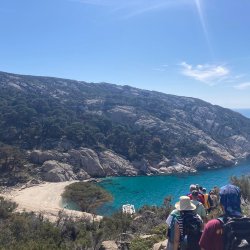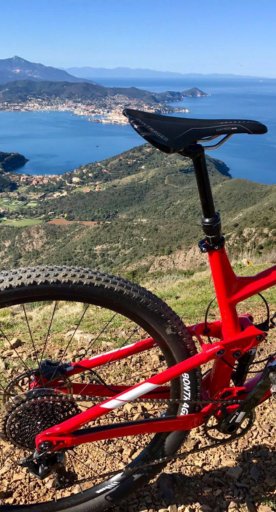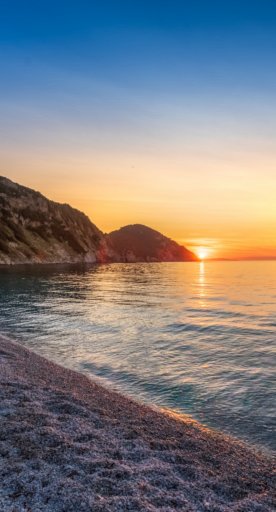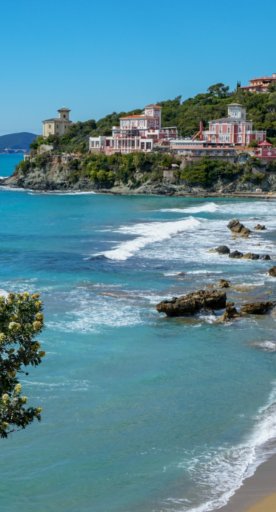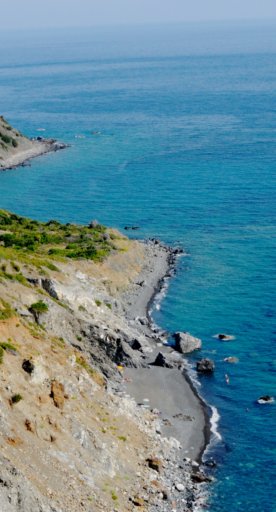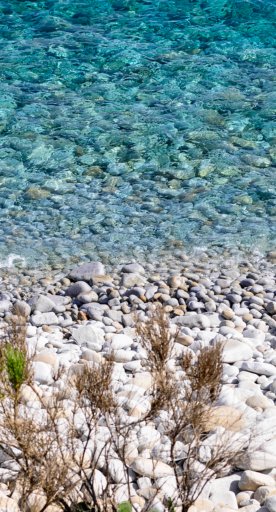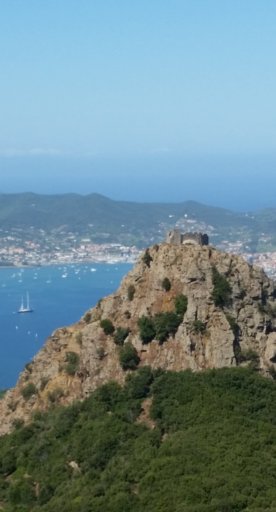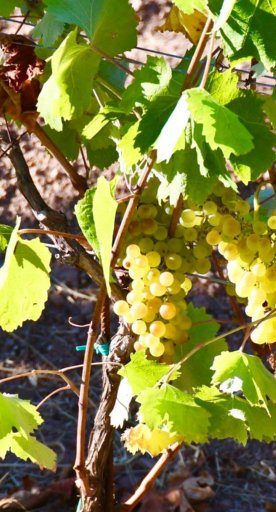

Wild Tuscany: here are the most fascinating places for nature lovers
A guide to discover parks and protected areas for out-of-the-ordinary adventures
There is a side of Tuscany that perhaps not everyone knows about: silent places, far from the chaos of the city where the slow and ancient rhythms of nature mark the days.
These are parks and protected areas where it is possible to experience an adventure out of the ordinary, in close contact with the animals that have always inhabited them.
Let's discover together which ones they are!
-
1.Casentino Forest National Park, Monte Falterona and Campigna
-
2.Tuscan Archipelago National Park
-
3.National Park of the Tuscan-Emilian Apennines
-
4.Maremma Regional Park
Casentino Forest National Park, Monte Falterona and Campigna
The Casentino Forest National Park, Monte Falterona and Campigna is one of the most pristine forest areas in Europe, a true oasis of nature and silence that straddles Tuscany and Emilia-Romagna.
The Park stands out for its great richness and variety of biodiversity: the high extension of the forests, in fact - those of tall trees, aged coppices and the presence of many plants of considerable size and different ages - are elements that make it a perfect territory for the presence and spread of wildlife, both vertebrate and invertebrateAmong the species present, the most fascinating one is the large ungulate mammals such as deer, fallow deer, roe deer, wild boar and mouflon.
The wolf, the Park's largest predator, is also present.
There is no shortage of bird and bird of prey varieties: on the rugged cliffs of the Romagna side nest the Golden Eagle, Eagle Owl and Peregrine Falcon.
Numerous activities can be done in the park: guided tours with experts, deer census (every year in September), e-bike excursions and "wolf howling" - a non-invasive technique for wolf census, which consists in the emission of pre-recorded howls that induce vocal responses from the animals, therefore permitting to determine their presence, minimum number and whether they have reproduced through the possible response of their pups.

Tuscan Archipelago National Park
The Tuscan Archipelago National Park encompasses a stretch of sea of more than 600 square kilometers between Livorno and the Argentario promontory.
According to legend, the seven islands that make up the Tuscan Archipelago were the gems from Venus' necklace that fell into the Tyrrhenian Sea: today they are a true natural paradise, protected thanks to the Park Authority, which protects and cares for their unspoiled beauty.
The waters of the Tuscan Archipelago represent the largest marine park in Europe.
The seabed is characterized by a wide variety of habitats, and the great biological diversity is also due to the difference in coastline and seabed: from the limestone coasts of Giannutri, to the granite cliffs of Giglio and Montecristo, to the volcanic rocks of Capraia, passing through the beaches of Elba, a myriad of plant and animal species find the most suitable seabed to settle.
A place cannot be missed is the Pelago Sanctuary for the Protection of Marine Mammals in the Mediterranean: a vast international protected area - born out of an agreement between Italy, the Principality of Monaco and France - where it is possible to spot and learn about the most fascinating marine mammals such as dolphins, minke whales and even sperm whales.
Also of great interest is the Butterfly Sanctuary, a very special path of about 2 kilometers that winds across Mount Perone and is home to about 50 species of butterflies, some of them very special and very different from those found in nearby areas.
Each of the Archipelago's seven islands offers guided tours, excursions and diving, almost all of which are possible by reservation only.

National Park of the Tuscan-Emilian Apennines
The National Park of the Tuscan-Emilian Apennines, a protected area stretching between Emilia-Romagna and Tuscany, is a true natural botanical garden, rich in biodiversity and incredible views and perfect for those who love mountains, trekking and all high-altitude sports - both in summer and winter.
Wolves, eagles, deer and hawks are just some of the animals living in this wild and sometimes even rugged park: in fact, each environment, if observed carefully, reveals a great wealth of animal and plant forms, a wonderful abundance of species that is often invisible to those who do not approach it with patience and respect, but that can be fully appreciated by those who can connect deeply with nature.
Thanks to the wide variety of landscapes, there are many possible activities: climbing, bicycle tours, horseback riding, Nordic walking and forest acrobatic trails.
Not to be missed is the "Lunata" that takes place every month: a night walk to discover nature by moonlight.

Maremma Regional Park
The Maremma Regional Park is a green oasis in the heart of southern Tuscany.
Protagonists of the landscape are the Uccellina mountains, a green coastal ridge dotted with romantic remains of old watchtowers and an ancient Cistercian abbey.
The natural landscape of the park is characterized by a variety of ecosystems where an incredible number of plant and animal species find their ideal habitat: the dunes, Mediterranean scrub, holm oak forests and pine forest areas, all the way to the wetlands and lowland areas are home to three species of wild ungulates such as wild boar, roe deer and fallow deer but also carnivores of considerable conservation value such as the wolf, wild cat, and marten.
Common mammals include the fox, badger, marten, porcupine, and European hare, as well as several species of micro mammals.
Birds of prey present include the peregrine falcon, marsh harrier and short-toed eagle, while nocturnal birds of prey include the tawny owl, barn owl, little owl and scops owl.
It is possible to visit the park on foot with expert guides, by bicycle, by canoe, by carriage at sunset and also at night to savor all the magic of nature under the starry sky.

